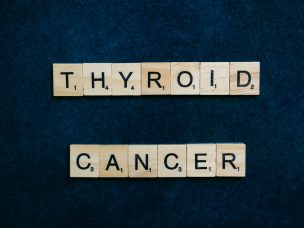Tocilizumab is considered safe and effective for neuromyelitis optica spectrum disorder patients who do not respond to other immunosuppressants.
Neuromyelitis optica spectrum disorder (NMOSD) is described as an immune-mediated inflammatory disorder that involves the B lymphocytes, astrocytes, anti-aquaporin 4 (anti-AQP4) antibodies, and inflammatory mediators in the central nervous system. This observational study, published in the journal Neurologia, demonstrated that tocilizumab is safe and effective for treating patients diagnosed with NMOSD who do not respond to other immunosuppressants.
Tocilizumab Reduces Annualized Relapse Rate
Tocilizumab has been shown to reduce annualized relapse rate (ARR) and improve expanded disability status scale score in patients diagnosed with NMOSD. In this study, tocilizumab decreased the levels of the AQP4-IgG antibody during the treatment process and improved radiological activity (Gd+) in NMOSD patients. During the initial process of treatment, ARR was reduced by 88.9% compared to the previous year (P < 0.05; 1.8 [1.3] vs 0.2 [0.4]). The two patients in this study with gadolinium-enhancing or Gd+ active spinal cord lesions on MRI demonstrated a reduction of >75% in the Gd+ area. There were no new MRI lesions in NMOSD patients treated with tocilizumab.
Failure of Treatment with Natalizumab in Patients with NMOSD
According to several studies, natalizumab and other treatments indicated for multiple sclerosis do not yield any positive outcomes for patients with NMOSD in terms of a clinical or radiological variable. In the given study, one patient was treated with interferon-beta and natalizumab prior to the diagnosis of NMOSD, which resulted in optical neuropathy, leading to severely impaired residual visual acuity.
Tocilizumab Has a Safe Clinical Profile
Tocilizumab appears to have a safe and effective clinical profile for treating NMOSD. According to the study, tocilizumab administered intravenously every four weeks at a dosage of 8 mg/kg body weight is a viable therapeutic option for patients with active NMOSD who have shown inadequate response to other immunosuppressants.
Source:
Carreón Guarnizo, E., Hernández Clares, R., Castillo Triviño, T., Meca Lallana, V., Arocas Casañ, V., Iniesta Martínez, F., Olascoaga Urtaza, J., & Meca Lallana, J. E. (2019). Experience with tocilizumab in patients with neuromyelitis optica spectrum disorders. Neurologia (Engl Ed). https://doi.org/10.1016/j.nrl.2018.12.013 (Experiencia con tocilizumab en pacientes con espectro de la neuromielitis óptica.)










